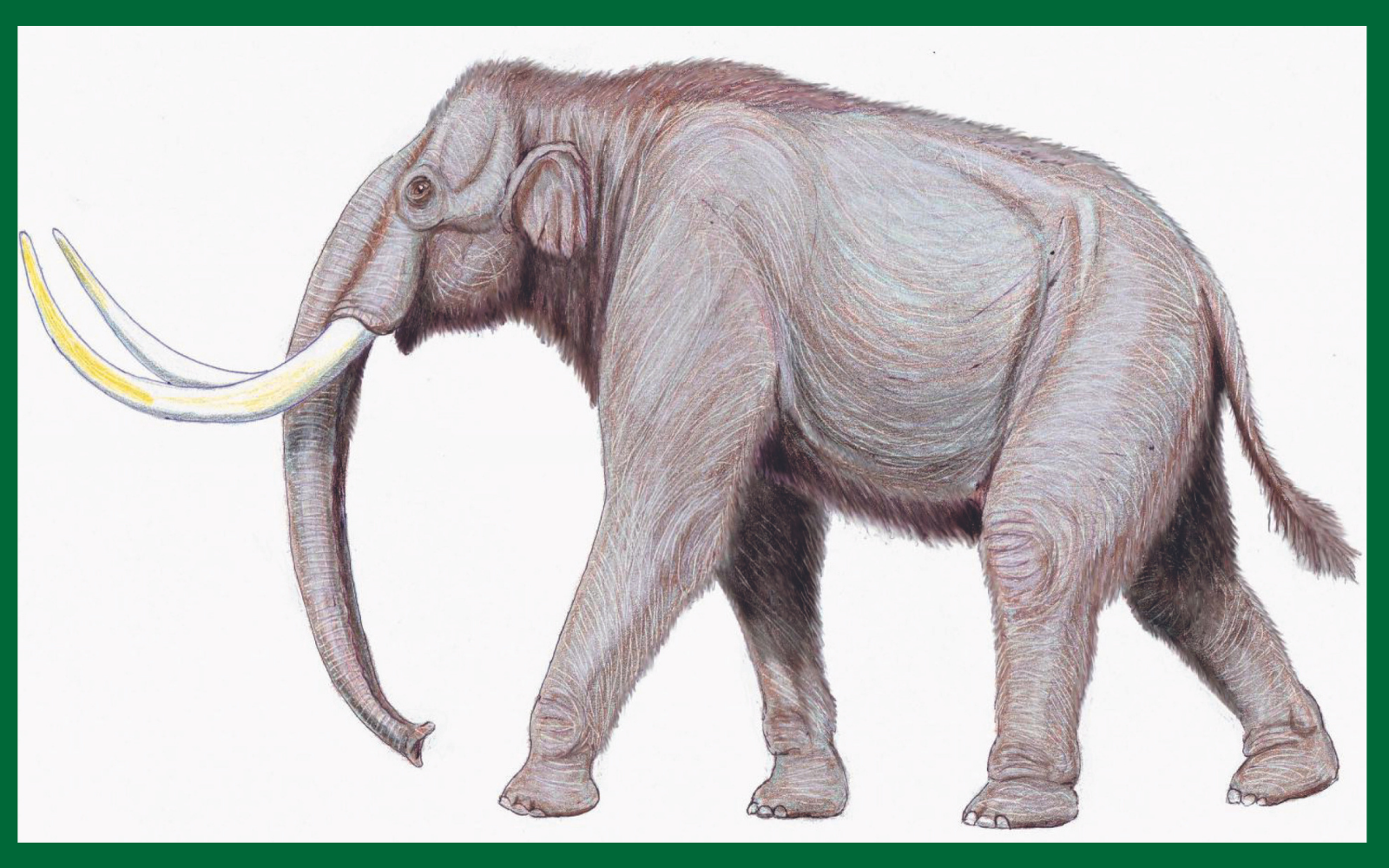 Brian Gilroy loves everything about exotic animals. The CEO and co-founder of WildLife Partners, an exotics brokerage based in San Antonio, breeds around 3,000 nonnative animals across three ranches in Texas, marketing just about everything, including Arabian oryx and Grevy’s zebras, to fellow breeders, conservation-minded investors and wealthy landowners who just want their own personal safari.
Brian Gilroy loves everything about exotic animals. The CEO and co-founder of WildLife Partners, an exotics brokerage based in San Antonio, breeds around 3,000 nonnative animals across three ranches in Texas, marketing just about everything, including Arabian oryx and Grevy’s zebras, to fellow breeders, conservation-minded investors and wealthy landowners who just want their own personal safari.
But if there’s one creature he’d consider the poster child for exotics in Texas, it’s the axis deer, an animal native to India.
“When people think about the exotic wildlife industry in Texas, the axis deer is what they think about,” Gilroy said. “It is the most prolific, the most sought-after and the most available animal that exists in Texas for breeding and for hunting.”
The axis deer certainly stands tall in both worlds. Prized by game hunters as well as animal buffs, the axis deer is what Gilroy calls “the gateway drug” to appreciating other exotic animals.
And over the decades, that hardy and hard-to-hunt deer has only seen its population grow. The Exotic Wildlife Association in Kerrville estimates around 1 million axis call Texas home, most behind high fences to keep them within the confines of a ranch, but also including free-ranging.
“It’s what we consider a common exotic,” said EWA executive director Charly Seale. “They’re very nomadic.”
On ExpressNews.com: The Texas freeze’s silent victims: wildebeest, gemsbok antelope and other ‘exotic’ animals
And while last month’s winter storm hit Texas axis hard (Seale said the hard freeze took out more than half of the state’s free-ranging deer) the hardy and highly reproductive species is expected to carry on.
Here’s a closer look at the axis deer.
An Indian import. The axis deer (Axis axis) is a deer species native to the grasslands of India and Sri Lanka. The species has been introduced to various countries, including the United States. U.S. locations include California, Hawaii and Texas.
Also known as the spotted deer or chital, axis deer are orange and reddish-brown with white spots. Males, called bucks, weigh in at close to 200 pounds. Females, called does, weigh just over 100 pounds.
Only axis bucks grow antlers, which usually are three-pronged and can grow to around 3 feet long. Whereas most Texas deer shed their antlers in mid- to late winter, axis bucks can lose theirs any time of year.
A Texan for nearly 90 years. Axis deer originally were introduced to the Texas Hill Country in the early 1930s as exotic game. Then, like feral hogs, enough axis deer escaped captivity. Today, self-sustaining herds of wild axis deer cover more than two-dozen counties, mostly along the Edwards Plateau.
A big part of a big business. In Texas, the exotic animal industry is a $2 billion a year business, according to the Exotic Wildlife Association. Seale estimates about a fourth of that annual revenue comes from axis. Of that axis business, about half is from breeding and half from hunting.
Most fences to them are a joke. No wonder so many axis deer got loose in Texas. Axis deer can leap over fences up to 5 feet tall, though Seale said most squirm out from under them.
On ExpressNews.com: Fort Sam Houston’s famed Quadrangle peacocks a tradition still strutting after 120 years at the San Antonio Army post
Brains as well as beauty. Axis deer are highly intelligent, Gilroy said, noting they’re challenging and elusive to hunt when they sense a threat, yet docile and puppy-dog friendly when they feel cared for.
“So intelligent is (how) I would classify them,” Gilroy said. “And they’re beautiful.”
They have kids whenever they please. Another difference between axis and most Texas deer: axis deer breed year-round. Mothers give birth usually to a single fawn roughly once a year, though they can conceive again in four months or less. And fawns are sexually mature after their first birthday.
They make their share of noise. Male axis deer bellow during rutting, while females and older fawns bark when alarmed. “They’re very vocal animals,” Seale said.
Bucks get into real hissing matches. Male axis deer spar by hissing as they saunter away from each other before locking horns.
They go bipedal to munch and to mark their territory. Axis deer will stand on their hind legs to eat from tall branches, Seale said, while males also do that to leave their scent by rubbing glands near their eyes on branches.
Their appetite can make life tough for white-tailed deer. Axis deer primarily eat grass but also get into berries, shrubs and even weeds if there’s not much to graze. That’s bad news for white-tailed deer in the area, since axis deer will take over their turf if there’s not much to eat.
Axis deer are getting a bad reputation. Apparently, feral hogs aren’t the only exotic animals in Texas that upend crops and wildlife habitats. The nonprofit Hill Country Alliance recently launched the Axis Deer Control Project to raise awareness about how free-ranging axis deer impact agriculture and native wildlife.
On ExpressNews.com: Feral hogs cause more than $1.5 billion in damage each year, but the most hated animals in Texas have their charms
Gilroy and Seale don’t share that perspective. “I personally do not know anybody who views axis deer as a nuisance,” Gilroy said.
Besides, they’re worth more alive than dead. There’s a reason Gilroy often refers to axis deer as “the gateway drug” to owning exotics animals. Buying and selling them pays off.
Compared to high-dollar exotics like wildebeests and zebras, which can start at around $4,000 each, Gilroy said axis deer are a bargain at $800 for bucks and $500 for does. And landowners can cash in on trapping wild axis deer to sell to wildlife collectors or breeders such as Gilroy.
“I know multiple landowners who have paid for their homes catching axis deer that are free-ranging,” Gilroy said.
Then again, they’re also good eating.
Gilroy stressed WildLife Partners is strictly a conservation business that doesn’t do anything related to hunting. But he does hunt and has hunted axis.
“Axis deer is delicious,” Gilroy said. “It’s a very, very healthy organic meat.”




0 Comments